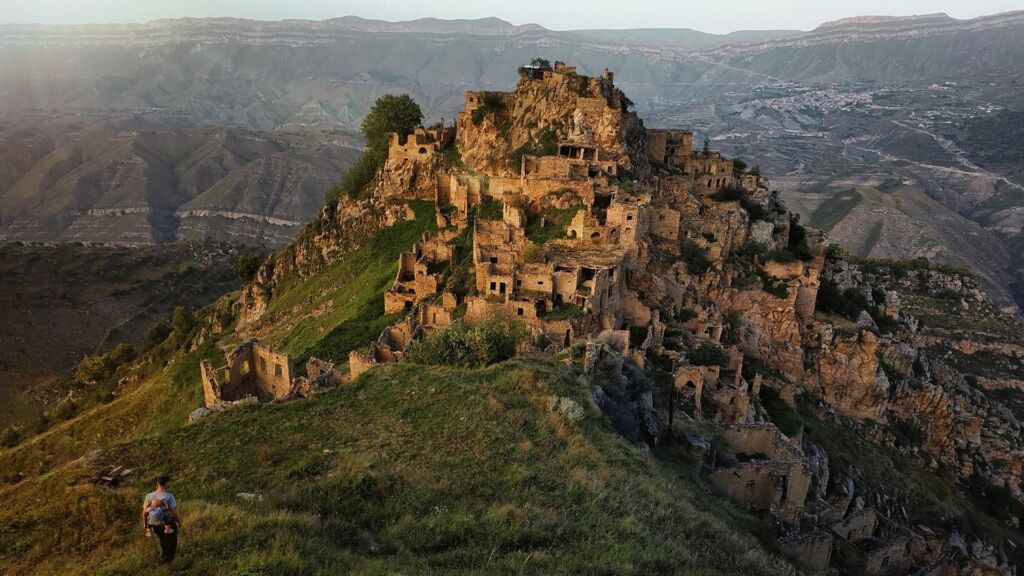Dagestan is one of the most picturesque regions of Russia, where mountains, sea, canyons and ancient settlements create a unique landscape. Here you can see the Sulak Canyon – one of the deepest in Europe, walk along the Sarykum dunes, swim in the Caspian Sea and visit villages that have preserved the architecture and life of the last century. The nature of Dagestan is striking in its diversity: from alpine meadows to subtropical coasts, from glacial lakes to desert plateaus.
However, a tourist inspired by photographs and stories faces a harsh reality. The region’s infrastructure remains a weak link. Roads to key attractions are often broken, narrow and unsafe. In some places there are no markings, lighting or even basic navigation. Public transport between tourist spots is practically not developed, and car rental is associated with risks due to the condition of cars and roads.
Service also raises concerns. Hotels and guest houses often do not meet the stated level: problems with water supply, lack of heating, poor soundproofing and low hygiene are not uncommon. In cafes and restaurants, service can be slow, the menu limited, and sanitary conditions questionable. Travel agencies, especially in mountainous areas, rarely offer standardized routes, and guides often do not have professional training.
According to the government of Dagestan, in 2021, more than a million tourists visited the region, and the volume of tourist services increased by 76%. This confirms the high interest in the region, but also reveals problems: a shortage of accommodation, poorly trained staff, a lack of sanitary zones and viewing platforms with infrastructure. The authorities admit that tourism growth is outpacing the region’s capabilities and are calling on municipalities to take control of the conditions for receiving guests.
Nevertheless, steps are being taken to improve. In 2025, a project was launched to create an all-season tourism cluster on the Caspian coast, including the development of water routes, festival sites, and a health resort destination. Investments in agrotourism, cultural and educational routes, and ecotourism are also being discussed.
The contrast between natural splendor and human shortcomings in Dagestan is a challenge and an opportunity. If the region can overcome infrastructure and service barriers, it can become the pearl of Russian tourism, while preserving its identity and cultural wealth.












